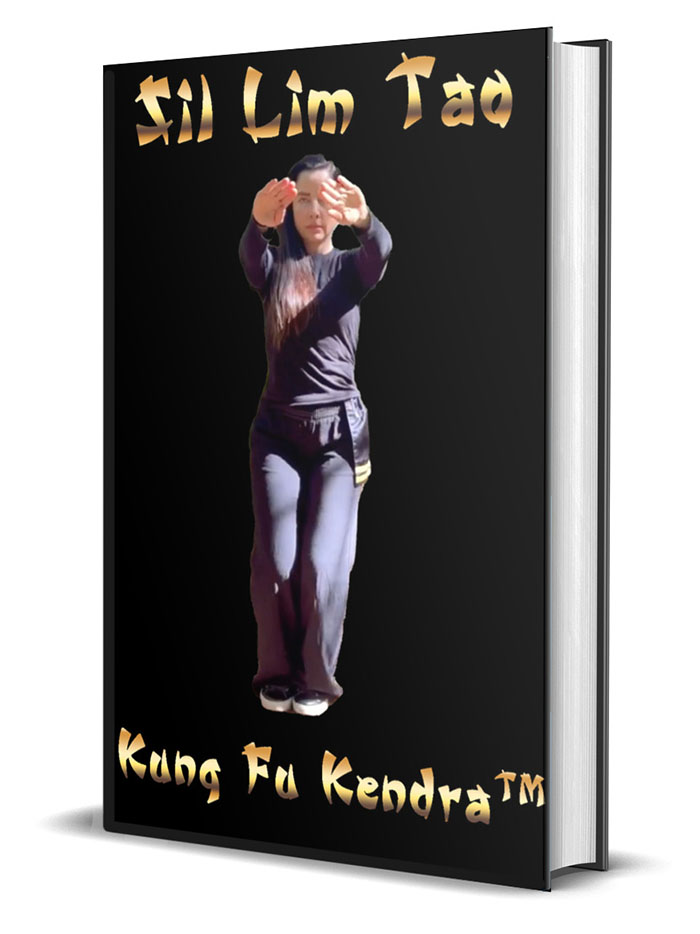The Bruce Lee Effect: Did Jeet Kune Do Eclipse Wing Chun or Spread Its Flame?
The martial arts world was forever changed by Bruce Lee’s emergence—not only as a cinematic icon but as the founder of Jeet Kune Do (JKD), a philosophy and practice that questioned tradition and promoted directness, simplicity, and adaptability. Yet the foundation of Lee’s fighting ability was deeply rooted in Wing Chun, the style he began studying under Ip Man as a teenager in Hong Kong. For Lee, Wing Chun provided his first rigorous martial discipline, emphasizing economy of motion, centerline theory, and the importance of structure—principles which became the core DNA of both his movement and thinking on combat. As his fame ballooned, Lee’s embrace and critique of Wing Chun set the stage for a global debate: Did Jeet Kune Do overshadow Wing Chun, or did it serve as the torchbearer that carried its essence into new territory?
Bruce Lee’s departure from Wing Chun was not a rejection of the art itself, but of rigidity. The now legendary 1964 match with Wong Jack Man became an inflection point. Frustrated by perceived limitations in applying conventional Wing Chun against a highly mobile and evasive opponent, Lee began to question fixed forms and boundaries. According to Lee’s own account, the fight made him realize that static adherence to a single method—Wing Chun included—could hinder effectiveness in a true combat scenario. This event catalyzed the birth of Jeet Kune Do, conceived not as a style, but as “the art of fighting without fighting,” built on the capacity to adapt and respond to any situation without being trapped by tradition.
However, far from abandoning his roots, Bruce Lee built JKD through the distillation and evolution of Wing Chun’s core ideas. Lee stressed that genuine martial art is formless, adaptable, efficient, and alive—qualities learned through endless practice of Chum Kiu, Chi Sao, and wooden dummy drills. He argued that “the extraordinary part of it lies in its simplicity,” a sentiment echoing Wing Chun’s emphasis on stripping away the unnecessary for pure efficiency[10]. Even as Jeet Kune Do absorbed influences from boxing, fencing, and other disciplines, it revolved around the nucleus of timing, sensitivity, and direct engagement that defines Wing Chun at its highest level.
This process ultimately ignited rather than eclipsed Wing Chun’s influence on the world’s martial arts landscape. Bruce Lee’s global celebrity catapulted Wing Chun into popular consciousness; interest surged as fans sought not just to imitate Lee’s screen charisma but to access the roots of his power and fluidity. Martial artists from countless backgrounds flocked to Ip Man’s lineage, searching for the source material that shaped Lee’s signature explosiveness and tactical clarity. In this sense, Jeet Kune Do functioned as a philosophical and practical bridge—challenging practitioners to honor lineage while searching for truth unconstrained by dogma.
The answer to whether Jeet Kune Do eclipsed or spread the flame of Wing Chun is ultimately one of perspective. JKD encouraged martial artists to question, adapt, and innovate—but always in pursuit of the universal principles first embedded in Lee by Wing Chun. As tradition meets evolution in parks and dojos around the world—across forms, wooden dummy routines, and creative sparring—Lee’s effect endures as both a challenge and a tribute. Wing Chun’s flame was not extinguished by Jeet Kune Do; it was fanned into a living fire that continues to illuminate the martial arts journey for those who, like Lee, seek freedom through the mastery of fundamentals.

